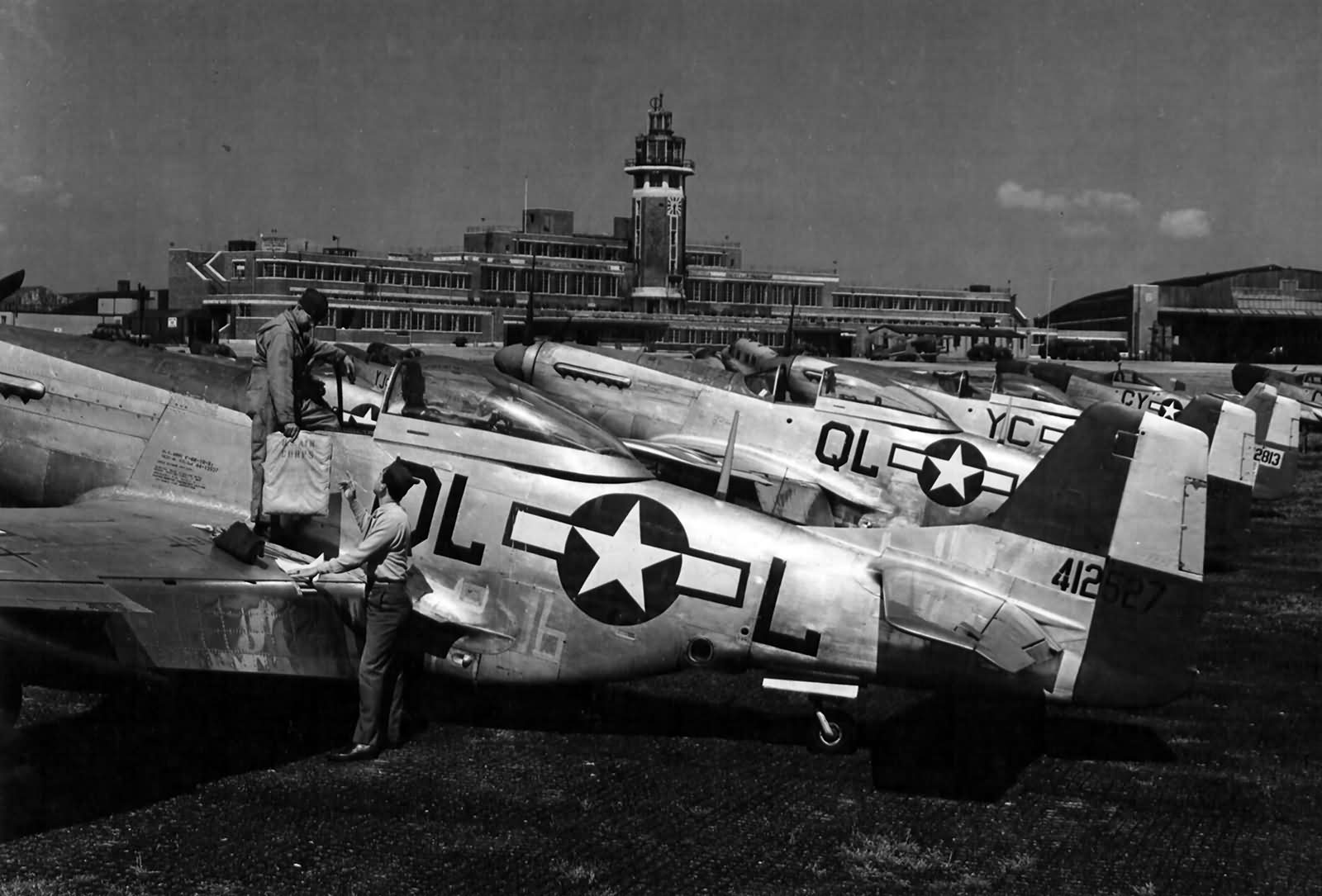The 69th Tactical Reconnaissance Group (69th TRG) played a crucial role during the final months of World War II, primarily conducting photographic and visual reconnaissance missions in support of the Allied forces in Europe.
Formation and Deployment
Training in the United States: The 69th TRG began its formation and training in the U.S. in January 1945. The group focused on mastering the F-6 and A-26 aircraft, which were crucial for reconnaissance missions.
Move to France: In March 1945, the group moved to France to join the 9th Air Force, absorbing the three squadrons of the Provisional Reconnaissance Group in the process. This move was part of the larger Allied strategy to enhance reconnaissance capabilities as the war in Europe drew to a close.
Operational History
Reconnaissance Missions: After settling in France, the 69th TRG conducted a series of photographic and visual reconnaissance missions. These missions provided critical intelligence on enemy positions, movements, and fortifications, aiding the Allied advance across Europe.
End of the War and Redesignation: As the war in Europe concluded with the Allied victory, the group was redesignated as the 69th Reconnaissance Group (69th RG) in June 1945. Following this, most of the group’s squadrons returned to the United States in July and August 1945, with only the 10th Tactical Reconnaissance Squadron (TRS) remaining in Europe for a brief period.
Organization
- Squadrons and Codes:
- 10th TRS: [YC]
- 22nd TRS: [QL]
- 34th Photographic Reconnaissance Squadron (PRS): [XX]
- 111th TRS: [N5]
Bases
- Nancy, France: The group was stationed here during its operations in Europe.
- Haguenau, France: Another key base for the 69th TRG, located closer to the frontlines as the Allies pushed into Germany.
Commanding Officers
- Col. John T. Shields: Commanded the 69th TRG during its operations in Europe.
Aircraft
10th TRS: Operated a variety of aircraft, including the A-24, B-25, F-6, L-5, P-40, and P-51. These aircraft were used for different types of reconnaissance missions, with the F-6 (a reconnaissance variant of the P-51 Mustang) being particularly important.
22nd TRS: Focused on using the F-6, P-40, and P-51 for tactical reconnaissance.
34th PRS: Equipped with the A-20, F-5, and P-38. The F-5 was a reconnaissance variant of the P-38 Lightning, used extensively for high-altitude photographic missions.
111th TRS: Flew the F-6, L-5, P-51, and UC-64. The L-5 was a light aircraft used for liaison and observation duties, while the UC-64 was a utility transport aircraft.
Squadron Markings
- 10th TRS: Featured a distinctive red fin and rudder, quartered in design.
- 22nd TRS: Marked by a green fin and rudder, also quartered.
- 34th PRS: Markings are not known.
- 111th TRS: Utilized a colored fin and rudder, though specific colors are not detailed.
